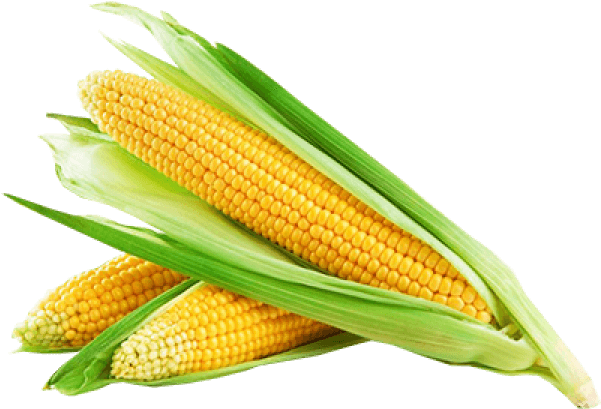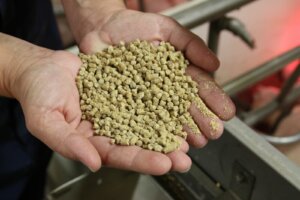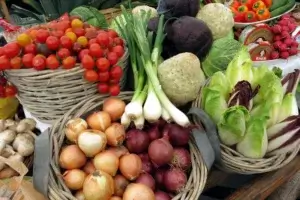Challenges
There are several barriers to leveraging health effects of soybean components:
- Seed companies and most of the soybean industry do not focus on improved soybean protein with few exceptions, including Benson Hill, AgReliant, and Syngenta. Others have disregarded decades of nutritionists’ warnings that soybean protein is declining, because they don’t get paid directly for nutrition quality.
- Farmers naturally select soybean varieties for yields. Most are unaware that their soybeans could convey natural health protection properties.
- Ethanol producers sell DDGS, a highly nutritious co-product that competes with natural feed. They price this to out-compete soybean meal and corn. That has cost family farmers billions in lost sales. The DDGS have double the emissions intensity of natural feed.
- Researchers do not know how the effect happens, and additional research is needed.
ProActivism Solutions
Here’s how supporting ProActivism helps improve family farm revenue and advance livestock health:
- INDEPENDENT SCIENCE –Ongoing data collection and analysis are needed to determine which new soybean varieties deliver the most health value in livestock feed. Hypothesis: Soy isoflavones are positively correlated with protein. If this health effect proves true, it’s encouraging news for livestock productivity and GHG reduction.
- Farmer and customer education programs with independent funding are essential so facts can be shared without marketing filters. Farmers cannot get paid for value they don’t know about. This means funding is needed for:
- Advertising campaigns in farm and consumer magazines
- Industry relations programs are needed to bring a disconnected barnyard back together to help farming and feed naturally work together.

Science Support
- Dietary soy isoflavones reduce pathogen-related mortality in growing pigs under porcine reproductive and respiratory syndrome viral challenge
- Anti-viral components in soybean meal may promote growth and health in pigs
- Alterations of fecal microbiome characteristics by dietary soy isoflavone ingestion in growing pigs infected with porcine reproductive and respiratory syndrome virus
How you can help
Support Proactivism Financially – We’re seeking nonprofit status to help insure farmers and the public benefit from the discovers that were made.
Sign up to join the movement – We will send updates for you to post on social media or share in your corporate communications, to help support farmers and the families they feed.









